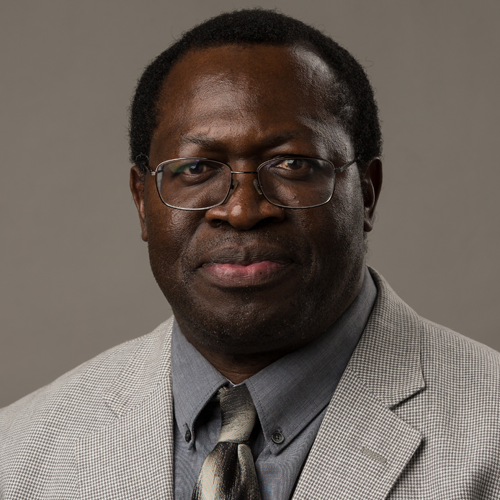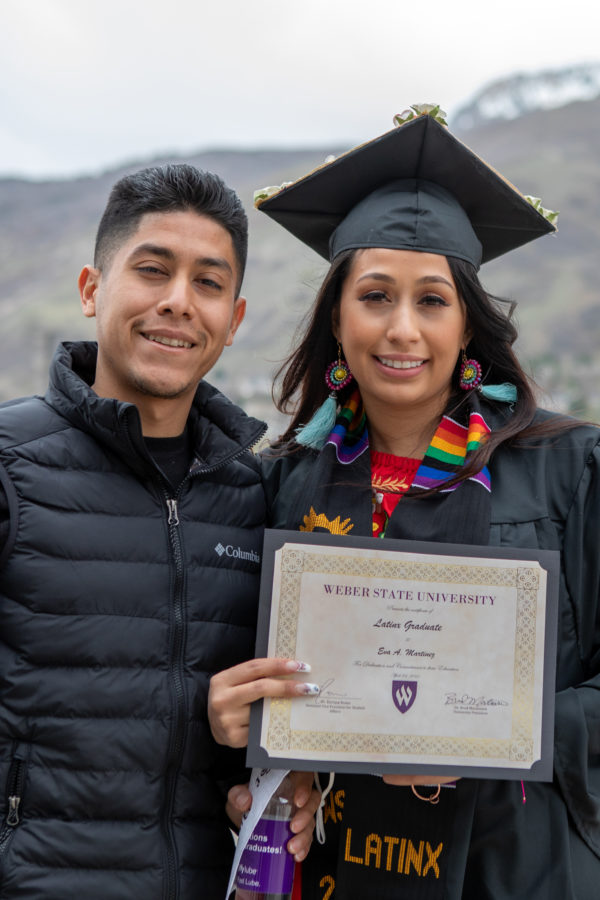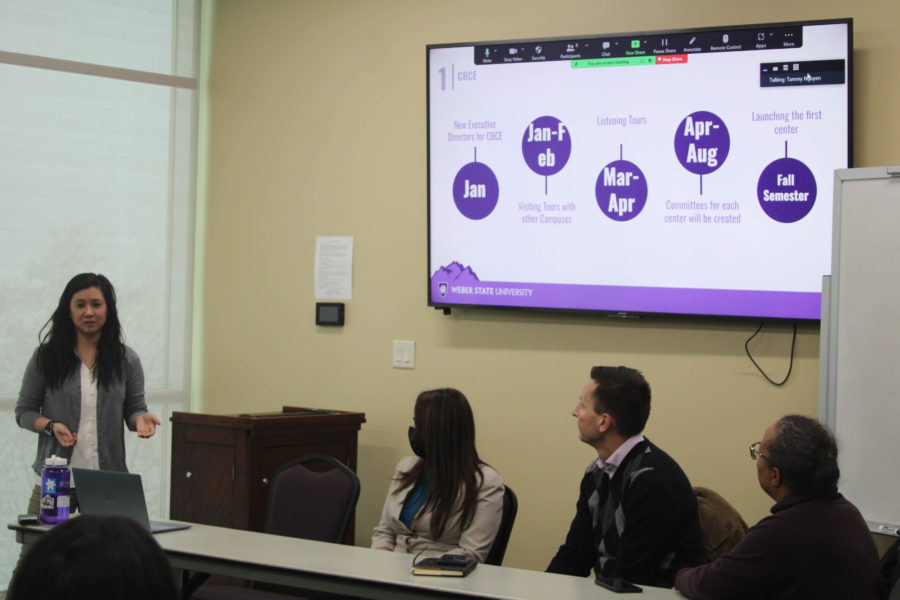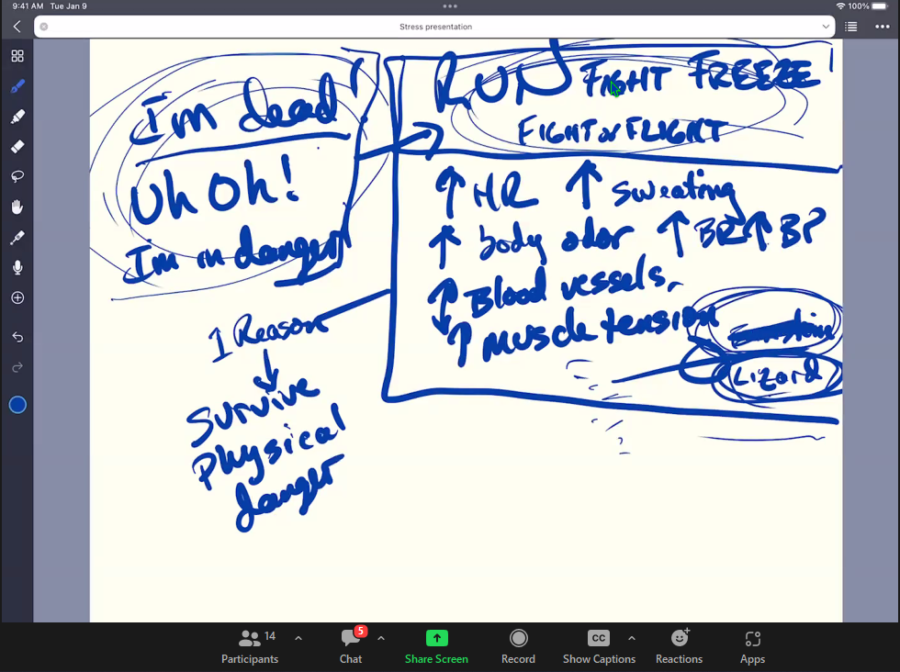
Weber State University’s LGBT Resources and Gay-Straight Alliance presented Transgender Equality Awareness Week, a national movement to bring awareness to the transgender community, throughout the week of Nov. 18-22.
WSU’s Transgender Equality Awareness Week aimed to help more students understand the transgender community. Events of the week included a discussion of the book “Luna” by Julie Anne Peters as part of the monthly LGBT book club, a screening of the documentary “Becoming Chaz” and a training session with LGBT advocate Karlee Berezay about the basics of understanding trans* life.
Nov. 20 marked the Transgender Day of Remembrance, a day dedicated to remembering those who have been killed as a result of transgender hate crimes. A display was put up in the Shepherd Union Atrium at the beginning of the week to commemorate lives that have been taken.
WSU’s Center for Diversity and Unity hosted “Transgender Kids . . . What?” as part of its Taboo Talks series. The panelists were Joshua White, WSU freshman and member of the Wildcat GSA; Rachel Heller, a transgender woman from Centerville who works as an engineer on Hill Air Force Base; Marion Edmonds, director of LGBT youth-oriented Ogden OUTreach; and WSU psychology professor Parrilla de Kokal.
“Sex refers to biologically what you are, and gender refers to a biological construction in terms of the roles that they play,” de Kokal said. “I think what we’re taught when we’re younger is that people can be two things: either male or female. You’re either XX or XY, and that’s the end of the story . . . but the reality is that it’s not dichotomous. It’s more of a spectrum.”
Amy Pittman, Common Grounds chair for the Center for Diversity and Unity, asked the panel how someone would know he or she was transgender.
“How does someone know that they’re not?” Edmonds said. “That question kind of assumes that there’s normal and there’s not normal, and when did you realize you weren’t?” Edmonds went on to explain that gender identity and sexual orientation is not a choice, but rather something that someone inherently is.
“The term I really prefer is ‘gender-nonconforming’, because that just means you’re outside the norms, but it doesn’t try to place you in a box for where you are,” Heller said.
According to the National Center for Transgender Equality, transgender individuals are those whose gender identity (the internal sense of being male, female or other), expression or behavior is different from those generally associated with their assigned sex at birth.
Based on a 2011 study conducted by the Williams Institute of Law at the University of California, Los Angeles, about 0.3 percent (roughly 700,000 citizens) of the United States’ population identifies as transgender.
“I think it’s interesting that we’ve assigned a stigma to the genders . . . kids don’t have a concept of what fits in each category,” White said. “They see what they like, and they take it.”
The Employment Non-Discrimination Act, a bill that bans discrimination in the workplace based on a person’s sexual orientation or gender identity, recently became the first transgender employment non-discrimination bill in history to pass through the U.S. Senate. Though it has yet to be voted on in the House, the bill demonstrates a change in public awareness and acceptance of LGBT people.
“I think another thing to keep in mind is that it’s a process,” said de Kokal. “When you’re little, you’re not sexually oriented. That’s kind of a foreign concept. We tell you what’s appropriate or inappropriate to play with based on what we think you are. But you don’t come in having a sense of that, and there isn’t a specific age you must ‘know’ by. It’s a developmental process.”
Heller said she believes that in the coming years, someone being transgender will become less of a trait that is noticed immediately, comparing transgender people to those of mixed race. “You recognize that’s not something that should be a defining feature of someone,” she said. “If you ask me to write down the top five things that (I believe define me), being transgender is not one of them.”




















